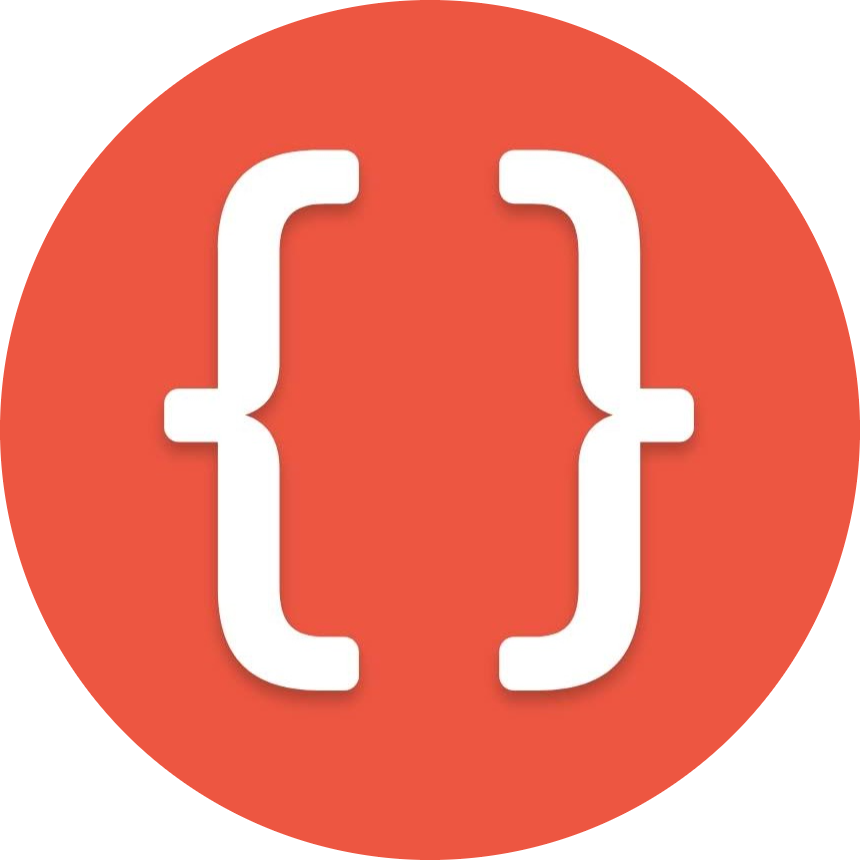Basic concepts about Code Review
Thiago Alves • 06/09/2020
One of the ways to maintain the integrity of the code and keep the team on the same page is by adhering to the Code Review practice. This practice has become widespread in recent years, and we can now consider it common among development teams.
On the other hand, it is important to recognize that this is not such an easy process. Many factors can contribute to making this task difficult, such as: Pull Requests with excessive changes, poorly described commits, lack of convention definitions, ego. Therefore, it is very important that the team is aligned in the way they are going to work.
If you have no idea what I'm talking about, Code Review is a practice, as the name suggests, where a programmer reviews an implementation made by another, with the aim of finding faults in general.
One of the ways to structure this review is by dividing it into three segments, where one is a prerequisite for the other.
Architecture
Principles, conventions, security, design patterns. The list can be long and will vary greatly according to the rules established by the team, reinforcing the importance of communication.
At this stage, it is possible to analyze whether the implementation carried out is in accordance with the application design, whether the system entities are respected, not containing classes, business rules and functions in inappropriate places.
Another important question is whether the tests are compatible with the new features and, of course, whether they execute correctly. Even to validate that the changes do not harm other areas of the system that already exist.
Readability
The main code hosting tools, such as Bitbucket, GitHub and Gitlab, display Pull Requests on a page that looks like an article divided into chapters, where you can read the modified files, one by one. Which helps a lot when evaluating how readable the modified code is.
At this point, it's time to analyze whether, when reading the code, it makes it clear what it does. If you are having difficulties understanding a peace of code, it may mean that it needs some adjustments. Functions and classes with excessive logic tend to contribute to poor readability, and this price comes with interest in the future.
Code formatting and reuse
Starting with a less logical and a more aesthetic criteria, let's say, it's time to analyze how the code is presented and how reusable it is.
You can analyze here points such as: incompatible comments, indentation, variable naming, non-standard classes and methods. Currently, there are several tools that make it possible to automate this process, including preventing the commit from being made. In any case, it's worth checking it out, just in case.
Suggestions for improvements to the logic may also be part of this stage, such as some refactoring that allows the code to be reused. In fact, these suggestions don't even need to be a prerequisite for the Pull Request to be approved, unlike the previous ones.
Then
It is important to highlight that this article was designed in a scenario where there is a development team, where there are at least two professionals with some experience. Code Review dynamics may vary greatly depending on the team configuration. It is possible that there is only one professional who reviews the code and establishes the rules, for example.
If you have any different experience on this subject, share it with us in the comment section.
See you later!

Thiago Alves
Share your thoughts about this post in the comments below, in case you have any questions or would like to suggest a topic.
 THIAGO ALVES .DEV
THIAGO ALVES .DEV 